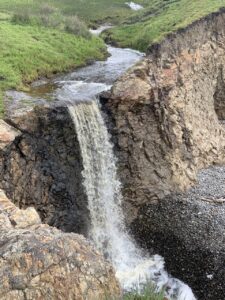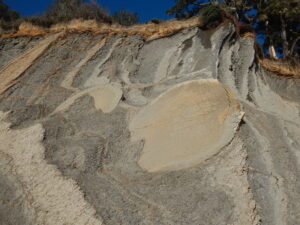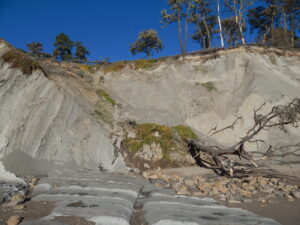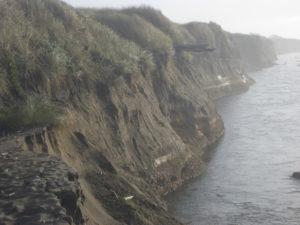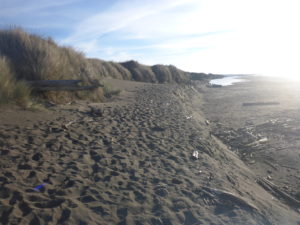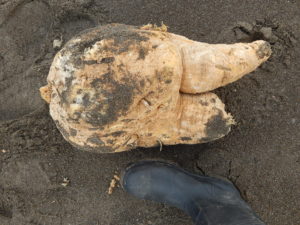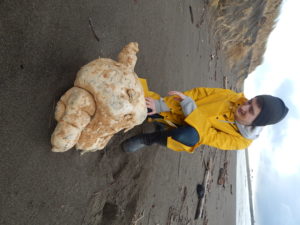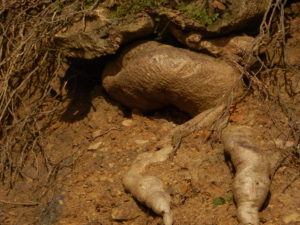I love the Point Arena-Stornetta Lands. With all the rain, there is this beautiful waterfall to find as Mel Smith photographed. Hint: It's closer to the north end.
Mel noticed some cracking, some erosion on the southern end of the Lands. He brought his camera and young granddaughter to observe what was going on. A new blowhole has been born! Here in the link to Mel's video:
New blowhole at the Point Arena-Stornetta Lands by Mel Smith
Amazing! Thanks to Mel for allowing me to share his photo and video with you here.
Lots of overhead clouds have poured in this afternoon but no predicted rain. Temps in the high 50's.

